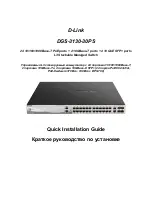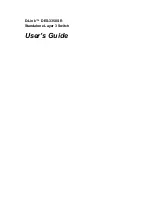
NS3503-16P-4C User Manual
212
from rogue DHCP servers or other devices which send port-related information to a DHCP server. This
information can be useful in tracking an IP address back to a physical port.
Command Usage
Network traffic may be disrupted when malicious DHCP messages are received from an outside
source.
DHCP snooping is used to filter DHCP messages received on a non-secure interface
from outside the network or firewall
.
When DHCP snooping is enabled globally and enabled on a
VLAN interface,
DHCP messages received on an untrusted interface from a device not listed in
the DHCP snooping table will be dropped
.
Table entries are only learned for trusted interfaces. An entry is added or removed dynamically to
the DHCP snooping table when a client receives or releases an IP address from a DHCP server.
Each entry includes a MAC address, IP address, lease time, VLAN identifier, and port identifier.
When DHCP snooping is enabled, DHCP messages entering an untrusted interface are filtered
based upon dynamic entries learned via DHCP snooping.
Filtering rules are implemented as follows:
■
If the global DHCP snooping is disabled, all DHCP packets are forwarded.
■
If DHCP snooping is enabled globally, and also enabled on the VLAN where the DHCP packet
is received, all DHCP packets are forwarded for a trusted port. If the received packet is a
DHCP ACK message, a dynamic DHCP snooping entry is also added to the binding table.
■
If DHCP snooping is enabled globally, and also enabled on the VLAN where the DHCP packet
is received, but the port is not trusted, it is processed as follows:
If the DHCP packet is a reply packet from a DHCP server (including OFFER, ACK
or NAK messages), the packet is dropped.
If the DHCP packet is from a client, such as a DECLINE or RELEASE message,
















































